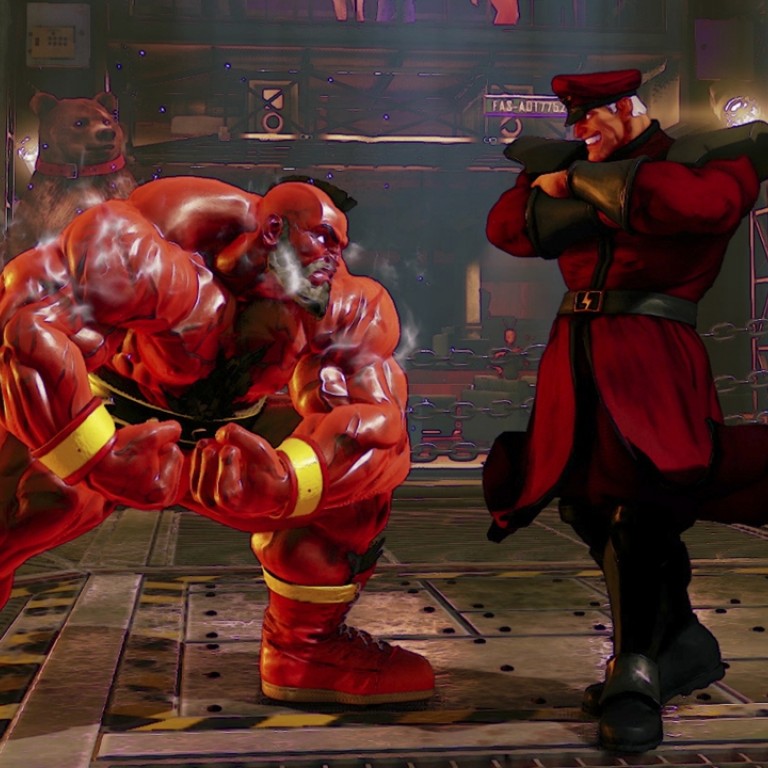
Game review: Street Fighter V pulls its punches and fails to connect
The venerable franchise is back, but the latest iteration looks half-baked and simply doesn’t deliver what it promises – although it’s possible to discern what may become a much better game over time

Sony/Capcom

Seven years ago, Street Fighter IV felt like a spiritual revival. Capcom’s hyperactive martial arts series had been absent for close to a decade and, under the enthusiastic watch of producer Yoshinori Ono, its return was a triumph.
By simplifying the game’s move lists, it made it easier for newcomers to join, but it then also offered a long, deep learning curve for those willing to set out on the warrior’s journey. In this way the game attracted a devoted community of competitors, who trained with the dedication of real-world martial artists, and who now compete in professional tournaments for enviable prizes.
SEE ALSO: Xenoblade Chronicles X is the definition of a time suck
The launch of Street Fighter V (for PlayStation 4, Linux and Windows), by contrast, feels lacklustre. For the first time in the history of the series, there will be no release in the arcade, that frontline of competitive play where Street Fighter has, traditionally, always debuted. Capcom has been unable or unwilling to fund the game’s development alone, forging a financial partnership with Sony (thereby preventing the game from coming to Microsoft’s Xbox One console). And now, on arrival, the Street Fighter V of February 2016 is plainly unfinished, with many of its modes and functions unavailable. The game is a statement of intent rather than anything resembling a final delivery.
Numerous menu items are, for example, greyed out. The current, slender iteration of story mode (which will, according to Capcom, relaunch in a fattened format in the summer) consists of three or four short battles. There is no cinematic ending, no key fight with a rival midway through proceedings. When you complete a character’s story you’re unceremoniously told that you’ve unlocked a new costume for purchase in the in-game store – an in-game store that doesn’t launch until next month.
Challenge mode is missing, meaning that players must devise and test new combos in Training mode, rather than via a structured regime. Also missing is Targets, a daily trial in which you earn Fight Money (Street Fighter V’s currently unusable in-game currency). Online battle lobbies only support two players at launch. A second currency, Zenny, is also unusable. In future, newly released characters, who will complement the limited launch roster, must be purchased with either Fight Money, earned from winning matches online, or Zenny, bought with real-world currency.
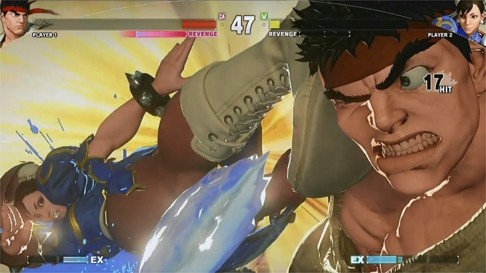
The trailer essentially sells the game on the back of the fighting game community itself. Before the launch, the company staged an unprecedented four beta tests, allowing thousands of participants to playtest “Kagemusha”, its proprietary netcode ambitiously designed to deliver stutter-free online battles. The company is clearly willing to take a hit from reviewers and on internet forums in order to ensure that Street Fighter V functions first where it matters. Missing features represent lost battles. The company knows, however, that if today’s headline is that Street Fighter V’s servers can’t cope with demands, or that the netcode is riddled with match-losing lag, it will have lost the war.
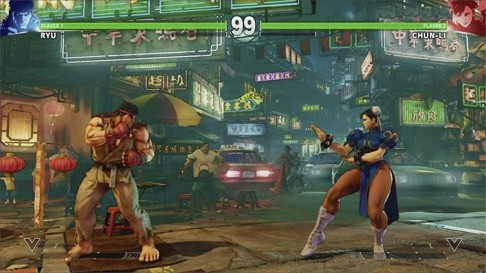
Alluring pencil lines of what is to come are visible. You earn League Points when playing online, pointing to a rich meta-framework. You level up your character with repeated use (although what this means is currently unclear). You can see your world ranking, find rivals and search for specific players via the “Fighters Network”. Your own fighter profile is an exhaustive statistical document, outlining the last time you logged in to the game, your total number of matches played, right down to the granular detail of your hit-rates for certain moves on, astoundingly, a per-character basis. Street Fighter V keeps a log of all recent matches, with the option to view the replay of each.
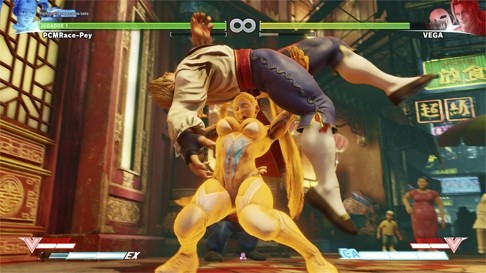
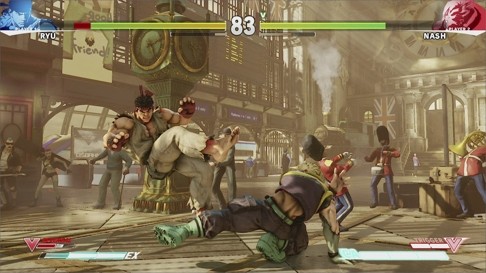
Street Fighter V’s launch doesn’t feel like a momentous event. Undeniably you’re paying for a promise rather than a reality. In part, this reflects changes in the way competitive video games such as League of Legends are built and sold. These are ongoing projects that continue to grow and develop after they are released. Developers tinker with designs via data drawn from the crucible of online play. Even so, by the traditional measures of video game criticism, Street Fighter V is a game delivered half-cooked, as if to meet a financial deadline rather than an artistic one.
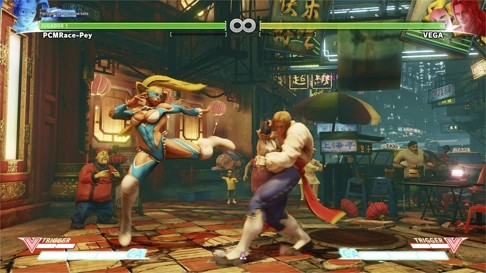
This may be a generous reading. Certainly much of how Street Fighter V does work remains, even at launch, frustratingly unclear. Nobody could offer a definitive judgment on the game today in good conscience. One thing, however, is certain: like throwing a punch in the dark, buying Street Fighter V today is a speculative gamble.
The Guardian

